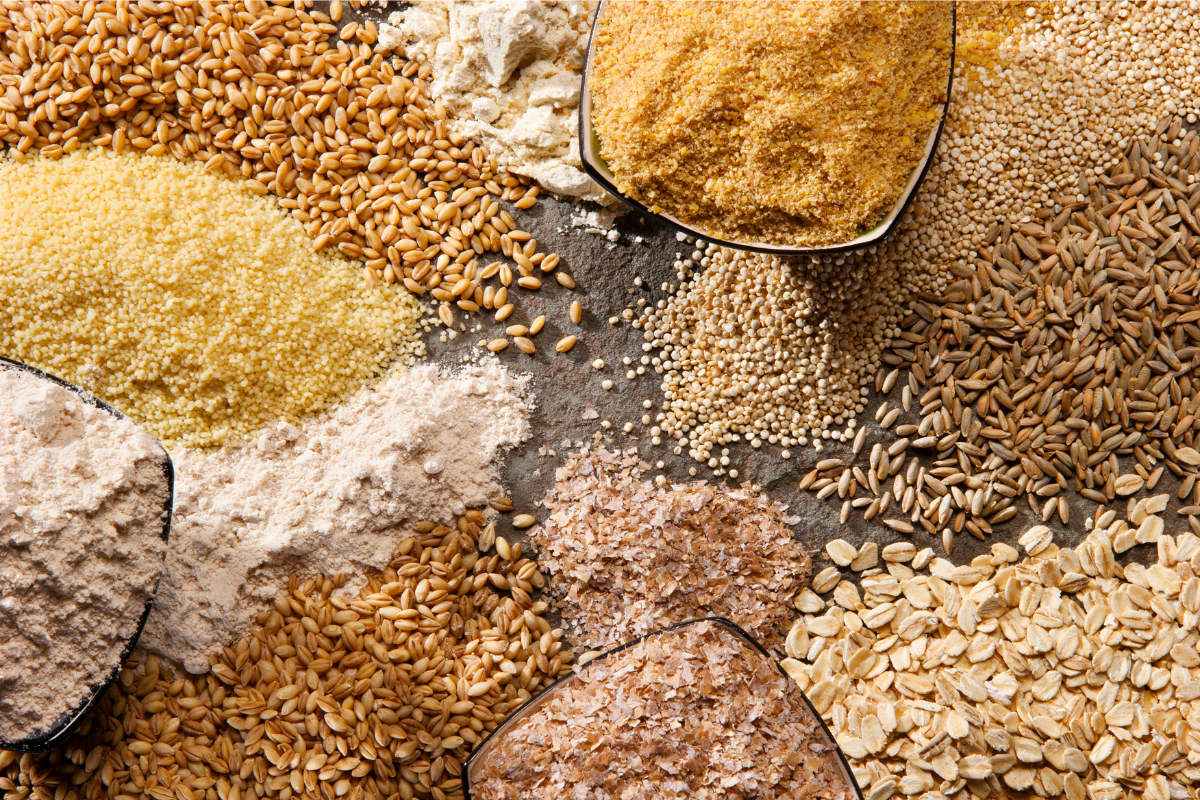Whole grains constitute a central role in all our diets alike. They are one of the staple foods eaten all over the world. In this blog post, we will learn more about whole grains.
Recent trends in diet have led people to believe that grains are bad for your health. However, this is only limited to refined grains. Whole grains are one of the best additions to your diet. They carry a lot of nutritional goodness and are highly beneficial for bowel movement. Be it whole grain bread or whole-grain pasta, anything and everything made from whole grains aren't harmful to your health, as long as it's consumed in moderation. Anything in excess, even when it comes to the healthiest foods, can have negative repercussions.
What exactly are whole grains?
Grains, in the simplest of terms, are grass-like seeds in part of the plant category known as cereals. The most popular cereals are wheat, corn, rice, and millet. There are also seeds of plants that are not grass-like, known as pseudocereals. Buckwheat and quinoa fall into this category.
Whole grains consist of three parts: bran, endosperm, and germ. Bran makes up the outer layer or shell of the grain, which is rich in fiber, minerals and antioxidants. The endosperm makes up the middle layer and consists of carbs. Germ constitutes the innermost layer and is the richest in nutritional content. It contains protein, plant compounds, vitamins, and minerals.
As long as grains contain these three - bran, endosperm, and germ - they can be counted as whole grains. They can be consumed, cracked, crushed, or rolled. However, only the endosperm layer remains for refined grains, making them rich in carbs but having low nutritional value.
Whole Grains List
Here's a list mentioning some of the best whole grains include in your diet.
-
Buckwheat
Although there's 'wheat' in the name, buckwheat isn't a cereal. It is in no way related to wheat. It is a pseudocereal. Buckwheat is an excellent source of vitamins, manganese, copper, magnesium, phosphorus, iron, and fiber. The best part - it's gluten-free. The husk of buckwheat consists of resistant starch. Resistant starch is a dietary fiber that aids in producing healthy gut bacteria. Studies have suggested that resistant starch can help improve blood sugar levels and digestive health. This effectively also helps with weight loss and maintaining good heart health.
-
Whole wheat
Whole wheat had to make the list of whole grains - it’s the most popular and versatile whole grain we know of. Everything, from pasta and pizza to all kinds of bread out there, whole wheat is a central ingredient. It is an abundant source of antioxidants, dietary fiber, vitamins, and minerals. Check the label that reads as 'whole wheat’ and not just wheat when buying pasta or bread.
-
Quinoa
Quinoa is a pseudocereal, best known as a superfood. Hailing from South America, this grain is credited with having nutritional value much denser than any other whole grain out there. It contains loads of protein, fiber, vitamins, and minerals - rich in antioxidants like quercetin and kaempferol, which help neutralize free radicals in the body. It is a beautiful vegan source of whole proteins, which means it is loaded with amino acids. What's more, it's also an excellent gluten-free alternative.
-
Whole Oats
Oats are rich in several vitamins, minerals, and fiber and are one of the healthiest whole grains you can include in your diet. They’re also gluten-free. Moreover, they are an abundant source of avenanthramide - an antioxidant that's credited with reducing the risk of colon cancer and lowering high blood pressure. Oats also contain beta-glucans, a type of soluble fiber that aids in digestion and effective absorption of nutrients. Studies have suggested that beta-glucans effectively lower LDL (harmful) cholesterol levels. Make sure to opt for steel-cut, rolled, or groat oats. Avoid going for ready-to-cook or instant oats as they might contain unnecessary added sugar and calories.

